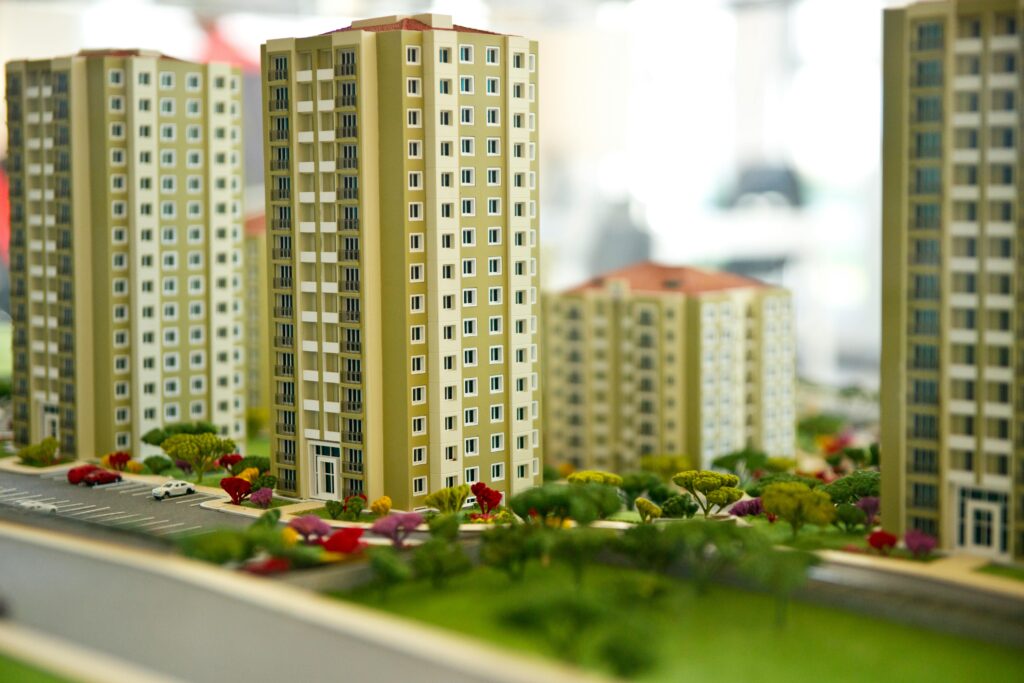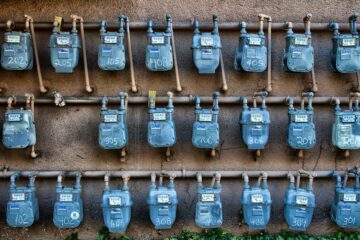
When you own a condominium in Japan, monthly expenses include a management fee and a repair fund.
Management fee
Management fee is expenses used to manage common areas, which are necessary for the comfort and safety of daily life. Specifically, they include cleaning services for common corridors, entrance halls, and garbage disposal areas, electricity and maintenance costs for common areas, elevators and automatic doors, watering and care of plants, and maintenance and inspection costs for electricity and water supply and drainage facilities.
For properties with common facilities such as swimming pools, fitness gyms, and delivery lockers, the operation, upkeep, and maintenance of these facilities are also included. Other costs include personnel expenses for management staff and concierges, costs for patrolling security guards and security cameras, and fire and earthquake insurance premiums for common areas.
Many condominiums with excellent security systems have tie-ups with security companies and have a system in which pressing the emergency button in each room will cause the security company to come to the scene of the crime. This cost is also usually paid out of the management fee.
The unit cost of management fees is correlated with the number of floors and units in a condominium. In general, the more units there are, the lower the management cost per unit tends to be. This is because the personnel cost of a janitor assigned to a condominium is the same regardless of whether there are more or fewer units.
Comparing the same cost shared by 30 units with 100 units, the management cost for a condominium with more units will naturally be lower. If there are more floors, there are more units, so the burden tends to be lower. However, large tower condominiums offer more luxurious common facilities and services, which conversely increase management costs.
Based on actual data, condominiums with low management cost burdens are,
- Number of units: 101 to 150
- Number of floors: 10 to 19
The properties with the lowest management costs are those with 101 to 150 units and 10 to 19 stories. The lower the management cost and the simpler the common facilities and services are, the lower the burden of management costs will be for medium-sized and medium-rise condominiums. Conversely, condominiums where the burden of management fees is high are,
- Small condominiums with less than 20 units
- Tower condominiums with more than 500 units
- Low-rise condominiums with less than 3 floors
- High-rise condominiums with more than 20 floor
Repair fund
The repair fund is money that is set aside every month for condominium repair work. In principle, the owner of a condominium unit bears the cost of the repair fund since the fund is collected for the purpose of maintaining the overall building repair cost, asset value, and functional value of the building.
In the case of owners of condominium units, the reserve fund is paid to the management association consisting of all condominium unit owners.
It is not always the case that the repair fund is the same amount each month, year after year.
In some cases, you may want to be aware that the amount may gradually increase. The longer the building is built, the more likely it is that the reserve fund will increase.
In many cases, repair funds are reviewed as a result of estimates of repairs to be made in the course of implementing large-scale repairs. Large-scale repairs are generally carried out every 10 to 15 years.
If you have any questions or/and if you would like to have more details, feel free to contact us by contact form.
We have a new website and launched a new property management system, please visit this link → https://www.japan-prop.com/


